Table of Contents Show
If you’ve picked up a YA novel in the last twenty years, you likely noticed many are written from the first-person point of view. In fact, many of Goodreads’ Top 100 YA Books that were published during the twenty-first century are written in the first-person, with The Hunger Games, The Fault in Our Stars, Throne of Glass, and City of Bones notable leaders of the trend.
In these novels, the protagonist narrates the story using “I” instead of “he,” “she,” or “they,” like they would in the third-person. So, why is first-person prose so common in contemporary YA books? While the answer might not be cut and dry, the first-person point of view can contribute a lot to the relationship between the novel’s protagonist and the reader that can be harder to achieve with a third-person narrative.
1. Make Them Relatable
Contemporary Young Adult books take advantage of the first-person point of view in order to make their protagonists immediately relatable to their readers. By writing a story from the first-person point of view, the author puts the reader directly into their protagonist’s shoes.
The pervasive use of “I” throughout the narration better allows the reader to take on the identity of the character as they read. After all, it’s often easier for a reader to “become” the character when the story is told through “I,” which blurs the boundary between narrator and reader, instead of reading the protagonist’s actual name over and over again. The experience isn’t unlike playing a video game from a first-person perspective: when the player can’t see their avatar, they become the protagonist. Conversely, a third-person point of view immediately separates the reader from the protagonist.
These stories, while still engaging, feel more like the reader is brought on someone else’s journey rather than their own. It’s more like Bilbo Baggins tagging along on Thorin Oakenshield’s quest — the titular hobbit may be excited about the adventure, but he doesn’t take center stage on the company’s journey. Again, if it were a video game, once the camera moves into a third-person perspective and the playable character becomes visible, the player feels more like they’re the camera instead of the protagonist: always one step behind as the playable character moves through the world.
2. Make Them “Unreliable”
The use of the first-person point of view in Young Adult books can also allude to a potentially unreliable narrator. An unreliable narrator appears when the character narrating the story (usually the protagonist in a first-person novel) gives the reader a reason to distrust their version of events. This may be because of inherent biases the narrator possesses, a lack of knowledge, or even the intention to deliberately mislead the reader.
There are three unique first-person narrators in Tomi Adeyemi’s Children of Blood and Bone, each of whom exhibit strong personal biases throughout the story: including, initially, biases against each other. If the entire novel was told solely by the central protagonist’s — Zélie’s — point of view, the reader would likely believe that the story’s other narrators — siblings Amari and Inan — are purely antagonistic. After all, Zélie has spent her entire life in fear of the siblings’ oppressive father, the king of Orïsha, and bases her hatred for the ruling class off one man’s violence. Her narrative voice is strong, convincing, and justified.
However, if the story was told only through Inan’s eyes, then Zélie would be the obvious antagonist. To Inan, who has lived under his father’s influence his entire life, Zélie is a criminal for acting out against the king. Any hints of rebellion must be quelled in order to keep the peace, as Inan sees it, in Orïsha. Although Zélie and Inan both believe they are simply narrating their experiences, their preexisting beliefs and prejudices interfere with how they tell the story.
Their chances to illustrate those biases through an alternating first-person point of view gives the reader a deeper insight into not only the story’s protagonists, but the fantasy world they inhabit as well. In Young Adult books, an unreliable narrator may occur simply because the protagonist is still too young to understand or relate to everything that occurs in their world.
3. Make Them Grow
Young Adult books often feature plots centered around some sort of change, the lack of knowledge or experience that many young adult protagonists initially possess makes them a perfect parallel for those changes. This change may be personal and relatively small-scale, like Cath’s transformation from a socially- and emotionally-isolated girl to a slightly more confident, independent young woman in Fangirl. Or it could be societally-shattering, like Tris breaking out of her predetermined caste to fulfill her own curiosity and subsequently unending the entire social structure of her dystopian world.
These changes — both minor and major — allow the characters to grow in tandem with the story’s plot. A protagonist who began the story ignorant to the problems in their world will likely end the story unable to return to their original actions or way of thinking. In Susan Collins’ Hunger Games trilogy, Katniss is originally fairly willing to remain in District 12 to look after her mother and sister.
At the very least, she sees it as the best way to keep herself, her family, and her friend Gale all alive. By the end of the first novel, however, it becomes clear that her way of life isn’t (and never was) sustainable, and the only way forward is to challenge society.
4. Make Them Real
YA books written with a first-person point of view can often reflect the reality that many of their readers live with daily. Books with emotionally distant characters like Kathleen Glasgow’s Girl In Pieces or Laurie Halse Anderson’s Wintergirls use unreliable narrators that hit a bit closer to home for some readers, and teenagers especially. These books highlight the difficulties many face while navigating the transition from adolescence to adulthood.
If their hard-hitting content wasn’t enough, they use a first-person narrator to drop the reader right into the protagonist’s head, allowing those who haven’t shared the characters’ experiences a glimpse into their daily life. First-person narration allows the author to describe exactly how these characters think and feel, to the point where some of the protagonists’ thoughts might directly reflect one’s readers may have had as well.
These narrators, however, often have something to hide, so their emotional baggage may not be immediately evident to the reader. Although it’s clear from the beginning of Girl in Pieces that Charlie has had many harrowing and damaging experiences, the disjointed way in which she remembers and narrates them takes a while to dissect. Similarly, in Wintergirls, Lia works tirelessly to convince everyone around — and herself — that nothing is wrong.
She encourages her own harmful behavior throughout the novel, even as the readers know her mindset is dangerous. The actions and thought patterns of these emotionally charged but distant narrators can echo the hesitance some readers might feel to express their own emotional weight as well.
5. Make It Personal
Finally, the popularity of first-person in many YA books might be due to the mindset of the target audience. Although all books can be enjoyed by readers of any age, a rough guideline for children’s books is that the age of the protagonist often reflects the age of the book’s target audience. YA protagonists typically range from fifteen to eighteen years of age, so in the author’s mind the reader is likely to fall in this age range as well. Many readers of this age are beginning to define themselves as individuals.
Simply put, a first-person narrative that focuses on “I” over “he,” “she,” or “they” can often resonate with the experience of personal growth and self-discovery. Because the first-person point of view focuses so intently on one character’s every thought and action, it becomes easier for readers — and teenage readers in particular — to identify with the often intense emotions and descriptions that come out of first-person narratives.
First-Person PoV & YA Novels: A Perfect Pairing
While YA books still feature many points of view, first-person has taken center stage for the time being. Not only is a first-person narrative quick to establish a connection between the protagonist, the conflict, and the reader, but it often offers a more immersive experience for its target demographic.
The first-person point of view gives many authors an opportunity to make their protagonists relatable — and therefore sympathetic and likable — to readers who are often young adults themselves.

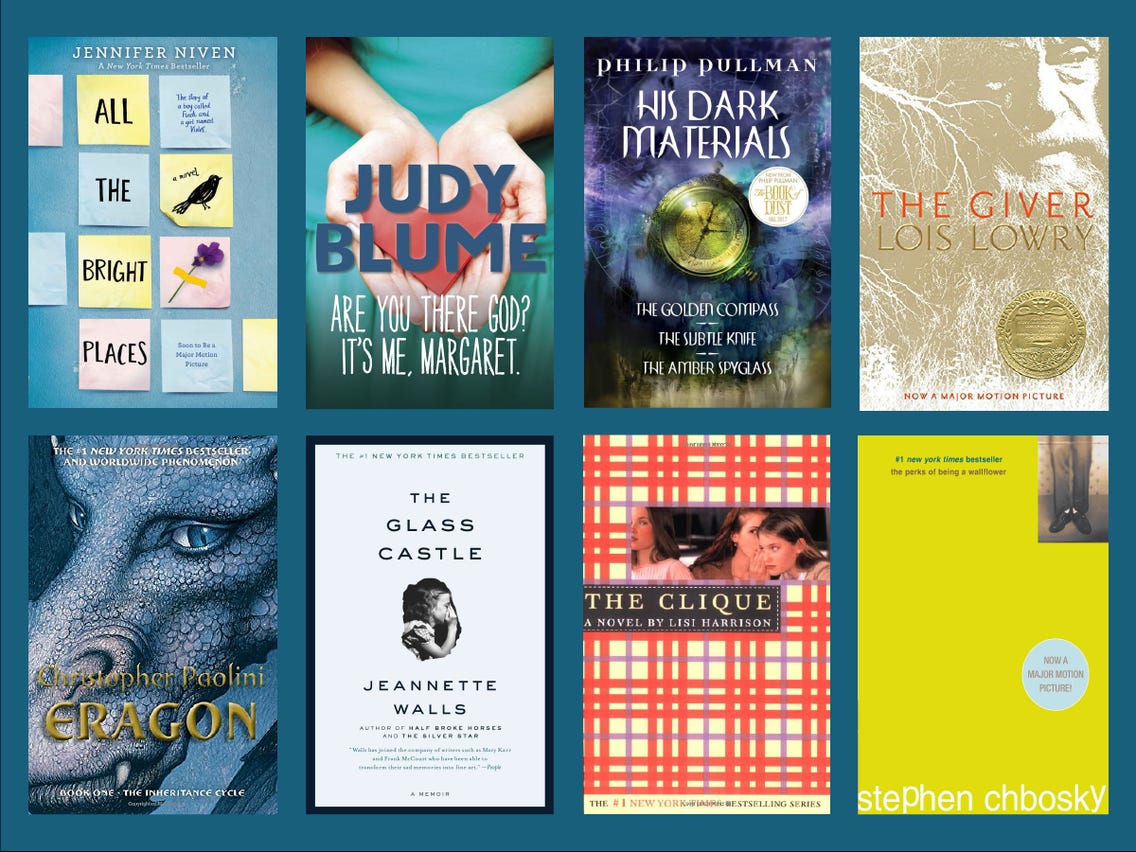
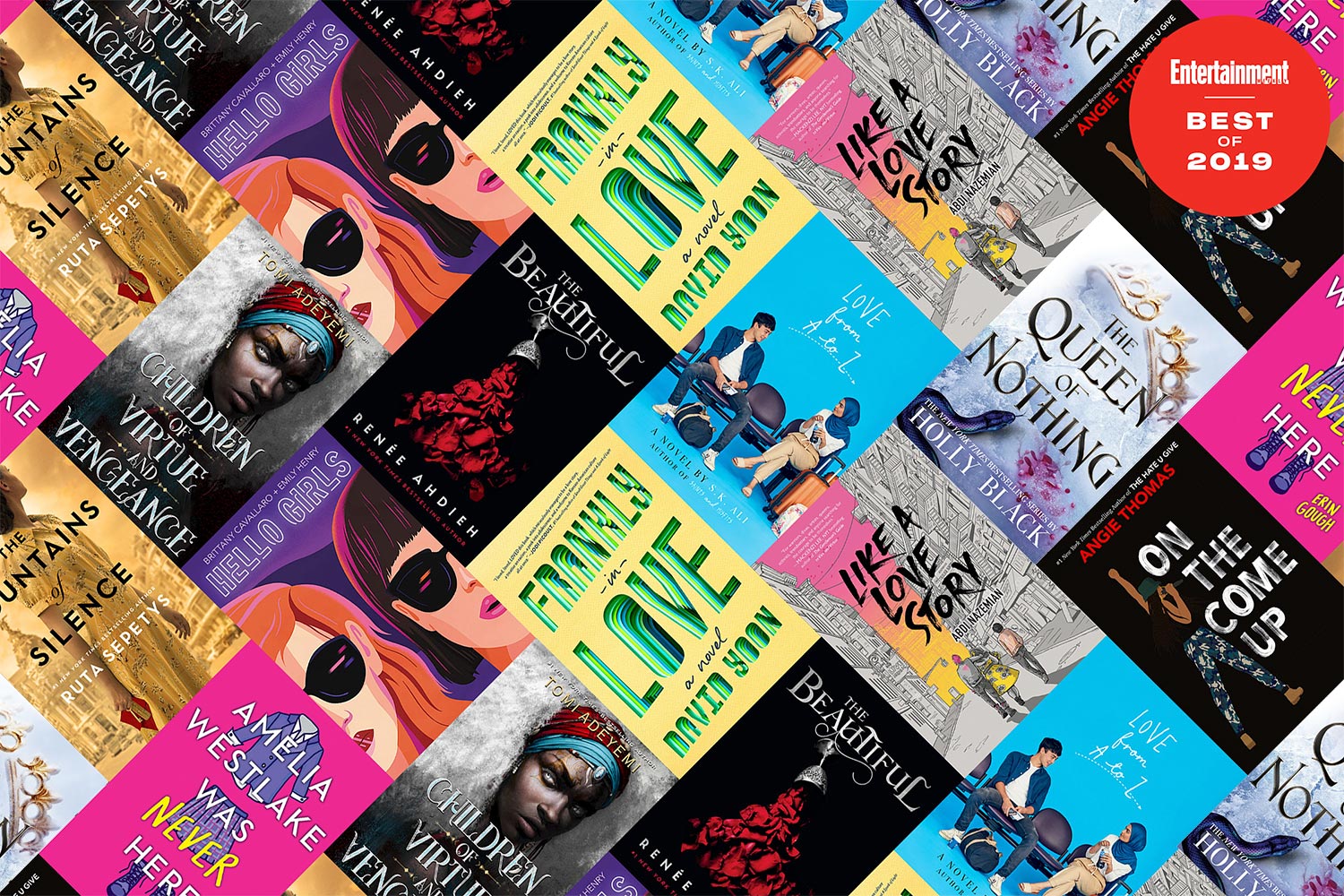
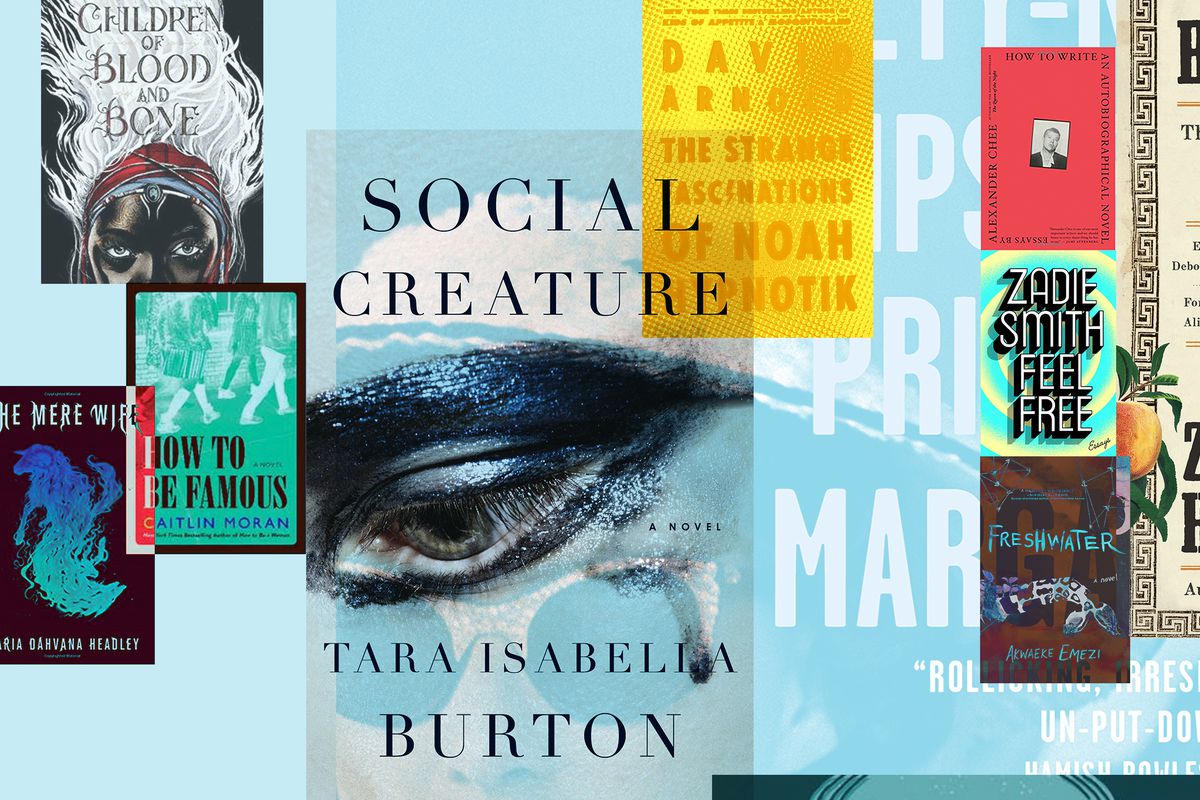
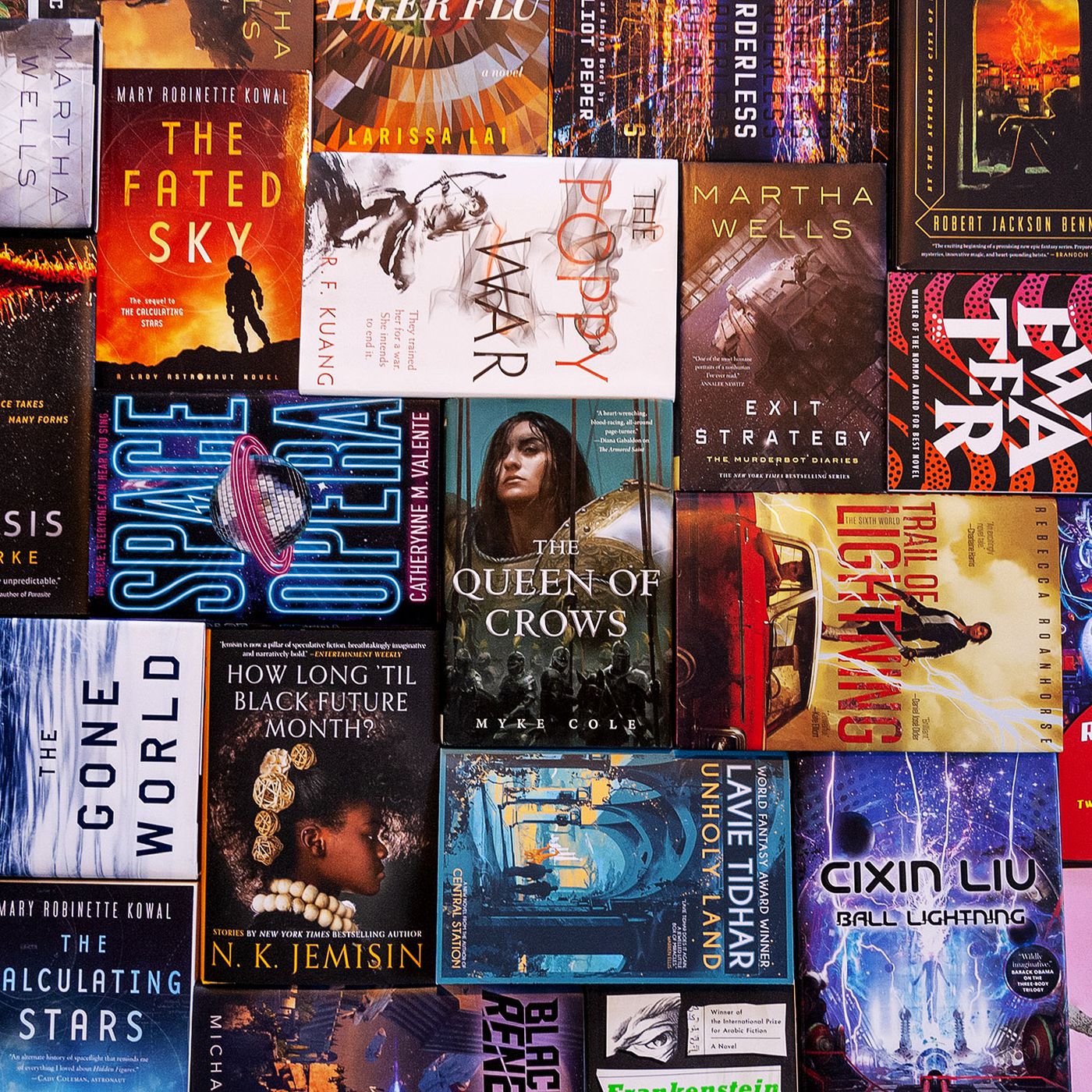
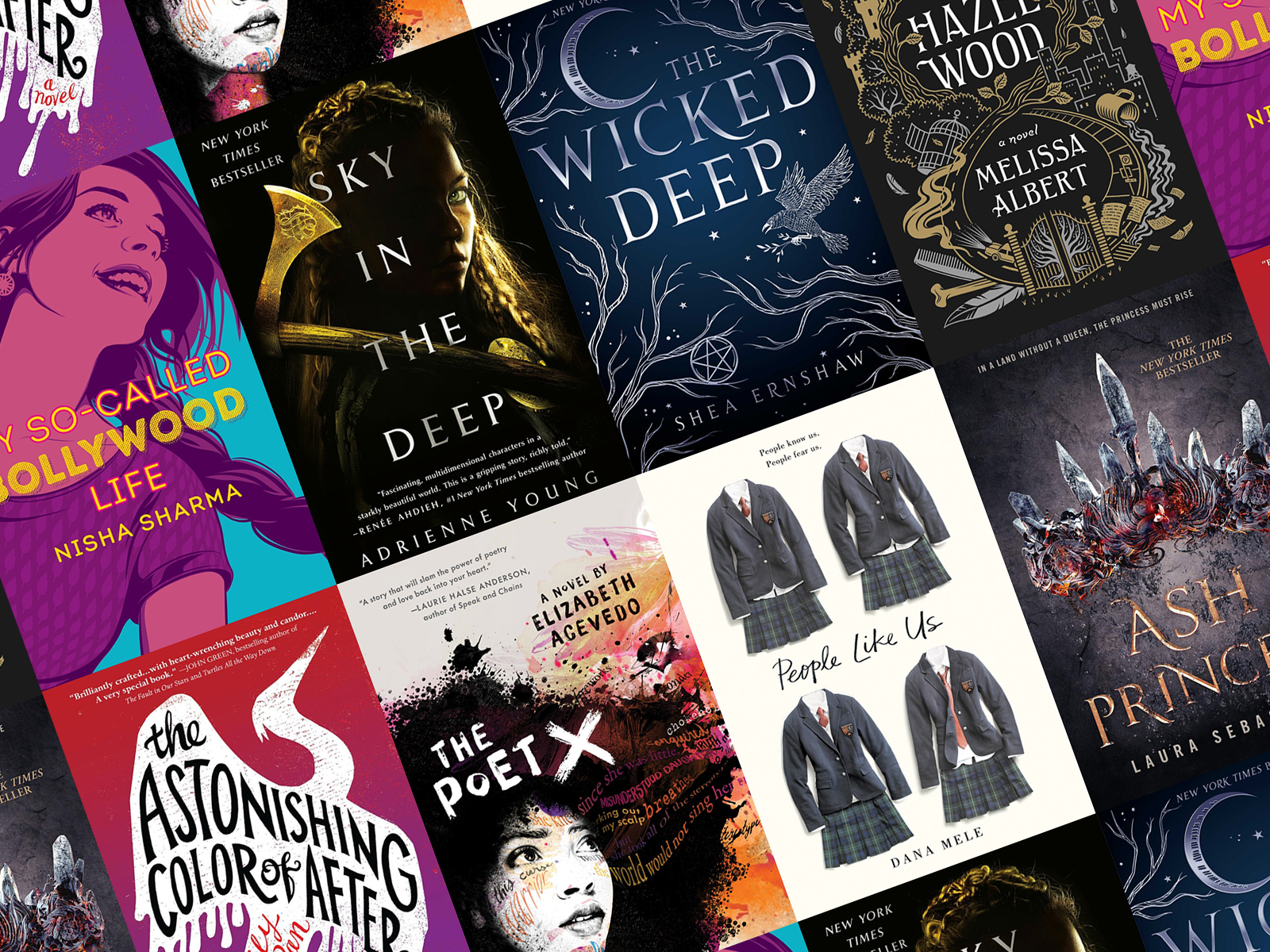
Nicely written! I’ve absolutely noticed the prevalence of first-person POV in YA-literature and you pointed out some possible reasons. While I’m personally not even remotely a fan of first-person, I can respect that others are and they’re being given options. I just feel like third-person can do all of the same things (and do them better) but it’s all a matter of the writing style. Good writing is good writing, regardless of the POV. Just tossing in my two cents, lol, but you’ve written a good article
Just finished two two novels where each characters in the book were expressing themselves in first person. It gives an interesting perspective on how a person may see themselves and how other characters may see them.
I enjoyed your thorough analysis of appeal of first person character presentation. I think YA first person approach can give insight into YA feelings and thoughts to oldsters like me.